Are you feeling increased moisture in your room? That might be condensation, which may result in breathing discomfort. Keep your worries away! We've researched a step-by-step guide on how to stop condensation on air vents.
Condensation happens when the air temperature reaches its cooling phase, and the moisture in the air converts into liquid. It's significant to prevent air from condensing to keep the room's temperature comfortable. So, to stop condensation, you may consider these ways, in no particular order:
- Use a dehumidifier.
- Clean the air ducts and filters.
- Repair leaks in the air conditioner.
- Improve the insulation.
- Turn on the furnace.
Throughout this article, we'll learn how to prevent the air from condensing. We'll provide possible ways to keep the air at a comfortable temperature. From us, you'll learn about these and other related matters. Just keep reading!
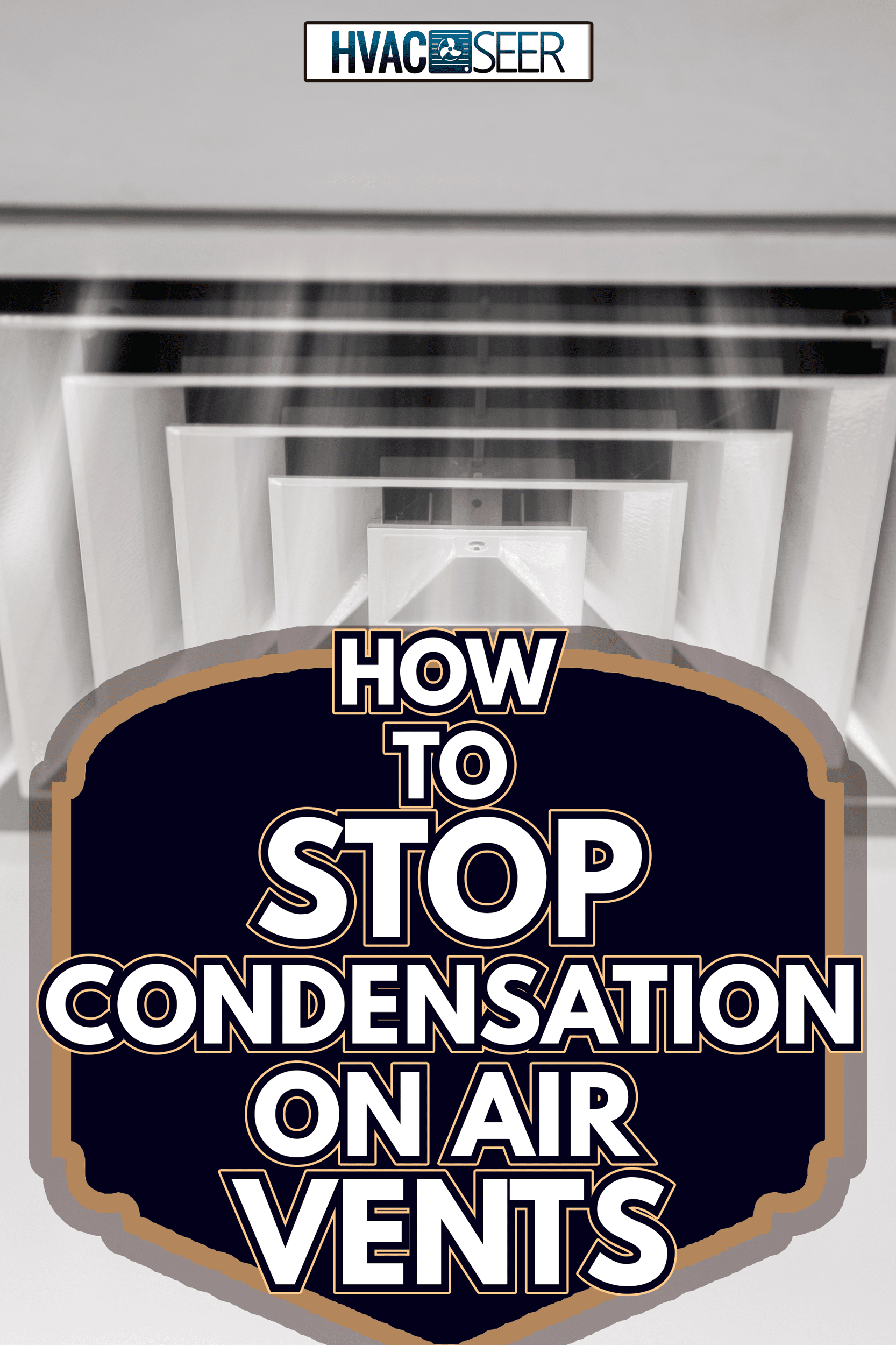
How To Prevent The Air From Condensing
There are a lot of solutions to stop air condensation. We'll discuss each of these solutions and how they help. Refer to the list below.
Use A Dehumidifier
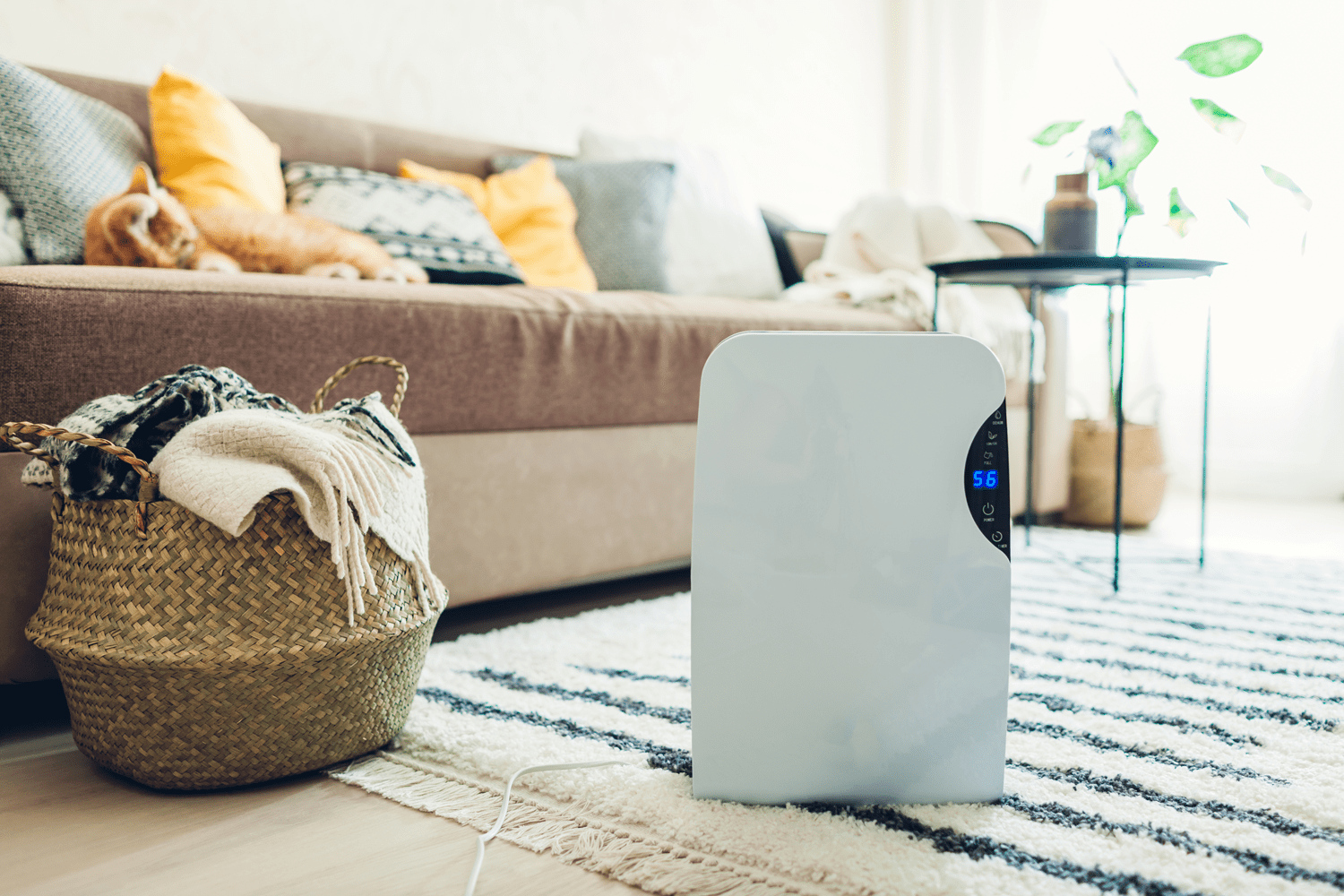
The purpose of a dehumidifier is to dry out excess moisture in a room. It releases hot air to prevent the air from turning into liquid, killing the mold before it multiplies.
It's advisable to place a dehumidifier in areas like basements, bathrooms, or kitchens where moisture is commonly present. Also, the dehumidifier works best when it rains.
Using a dehumidifier may increase the room temperature a bit, specifically if the moisture has dried out already due to continuous use of the dehumidifier. You should turn the dehumidifier off once you feel that the room is warm enough.
See this dehumidifier on Amazon.
Clean The Air Ducts And Filters
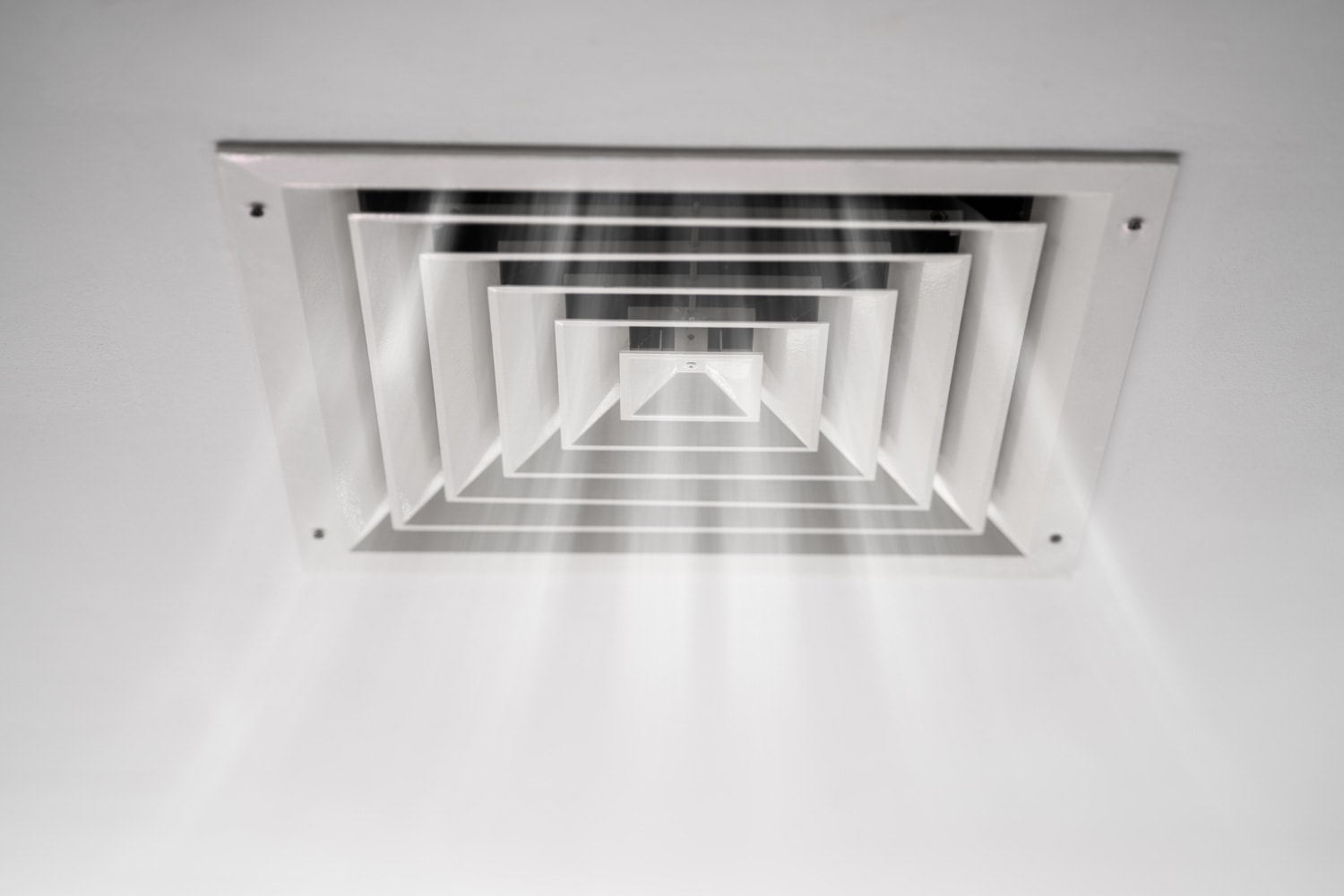
Moisture may accumulate faster if the air ducts and filters are dirty. The dirt attracts mold, which spreads across the surface of the walls and ceiling.
You need to clean the air ducts and filters at least twice a month for more efficient airflow and decreased air condensation.
Prepare the following tools you'll need:
Gloves and a Face Mask
Gloves and a mask keep you safe from excessive dirt particles.
See this set of gloves and mask on Amazon.
Vacuum Cleaner
You need a vacuum cleaner to suck the dirt off.
See this vacuum cleaner on Amazon.
Screwdriver
Use a screwdriver to loosen the screws on the air vent cover.
See this screwdriver on Amazon.
Scrubbing Brush
You may use a brush with bristle for scraping off the hardened dirt on the air ducts and filters.
See this scrubbing brush on Amazon.
Cleaning Solution
Use a non-acidic cleaning solution for air filters. Take note that you don't have to apply a cleaning solution inside the air duct. Just using a vacuum should be enough.
See this cleaning solution on Amazon.
Duct Tape
You need to reapply duct tape to secure the gap around air ducts.
Now, follow these steps to clean air ducts and filters:
- Wear your mask and gloves.
- Remove the vent cover with a screwdriver, then wash it with a cleaning solution.
- Brush the air duct on the inside until the dirt has come out.
- Use a vacuum to suck the dirt thoroughly up.
- Wipe the vent cover, then screw it back on.
- Repair Air Conditioner Leaks
Repair AC Leaks
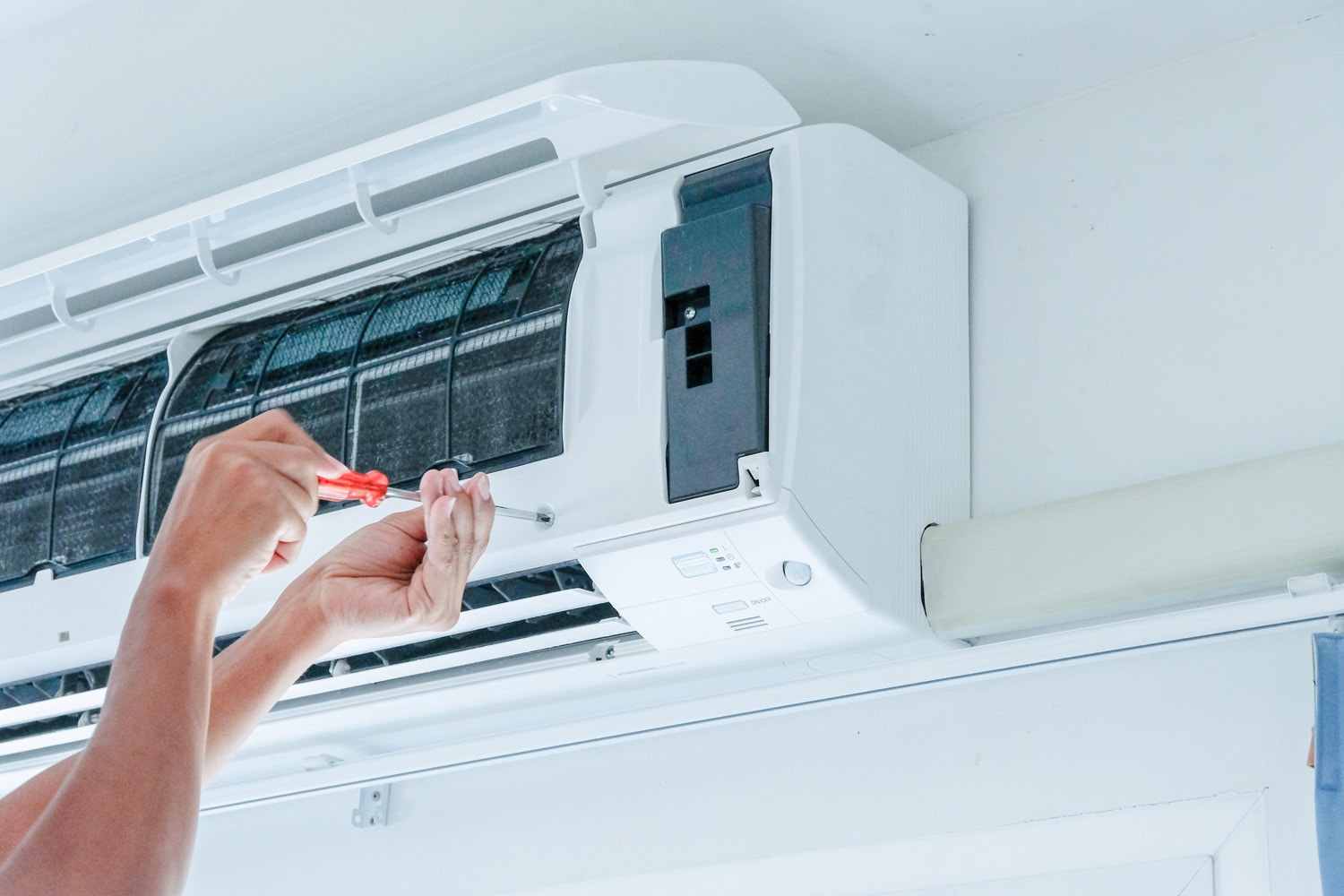
A leaking air conditioner can cause condensation. It's best to repair such a leak to prevent moisture from turning into liquid.
Check if the evaporator is working properly. The evaporator is responsible for dissolving excessive moisture in your AC system. You may need an expert to replace the evaporator.
You may also check the refrigerant. You'll notice that the AC is not blowing cool air due to leaking refrigerant. See if the valves and hoses have damage, and it's best to replace them.
Improve the Insulation

Insulation helps lessen the condensation. It eliminates moisture and moderates the room temperature. One good option to minimize condensation is to switch to glass insulation rather than metal or styrofoam.
Improving the insulation may take a lot of effort and require professional assistance. The condensation may be visible on glasses, but at least the glass can block moisture instead of letting it pass through the walls.
It's quite difficult to replace existing insulation. But if you don't have any, you may start by installing glass insulation on your home. Just be sure that an expert is there to guide you.
Turn on the Furnace
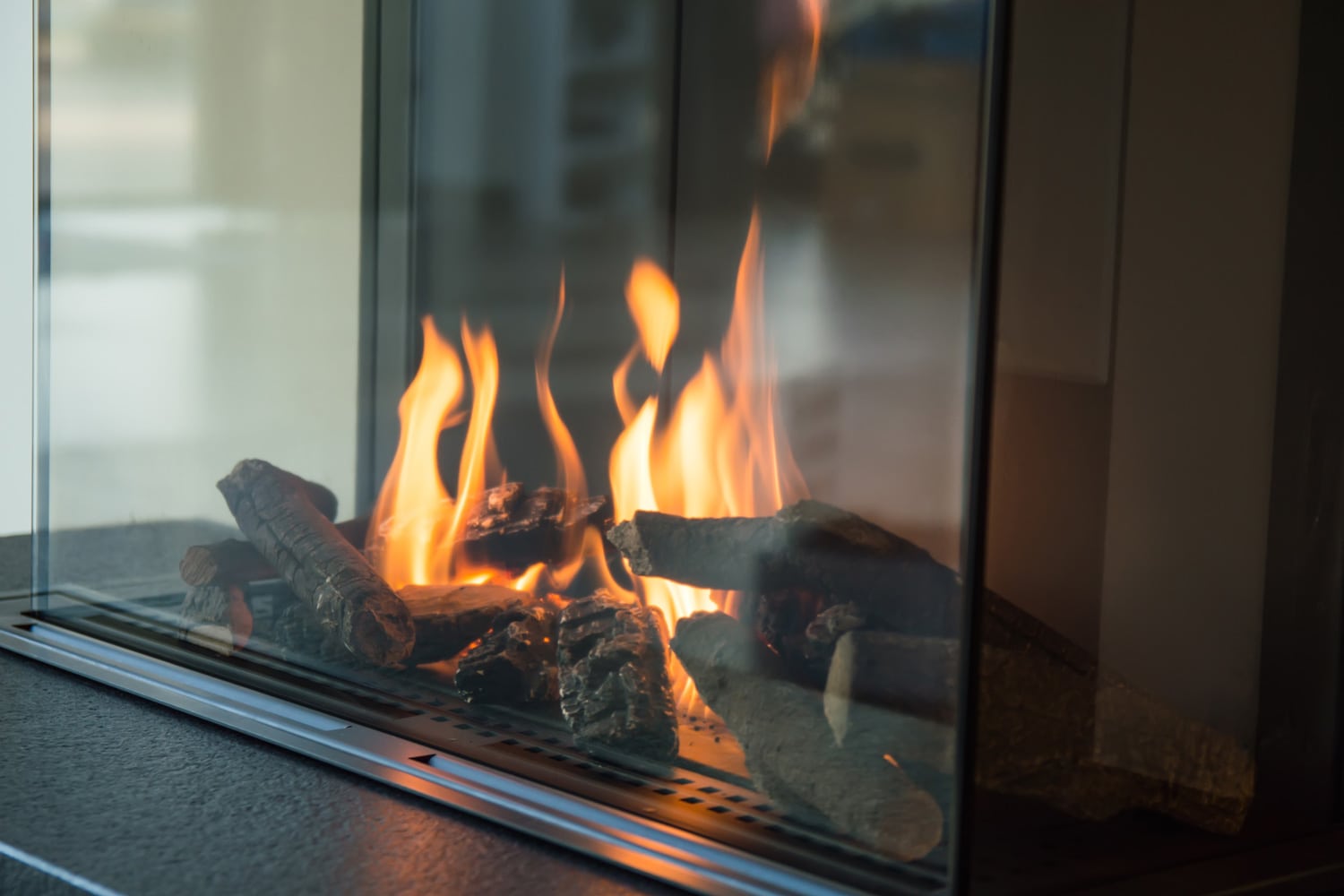
Furnaces have the ability to dissolve moisture and prevent the air from condensing. A furnace can increase the warmth of the house and prevent liquid from developing.
Turning on the furnace will decrease the humidity in a room and cause the air to get dryer. It's good to use a furnace to balance the air temperature.
Dehumidifier Vs. Humidifier: Which to Choose?
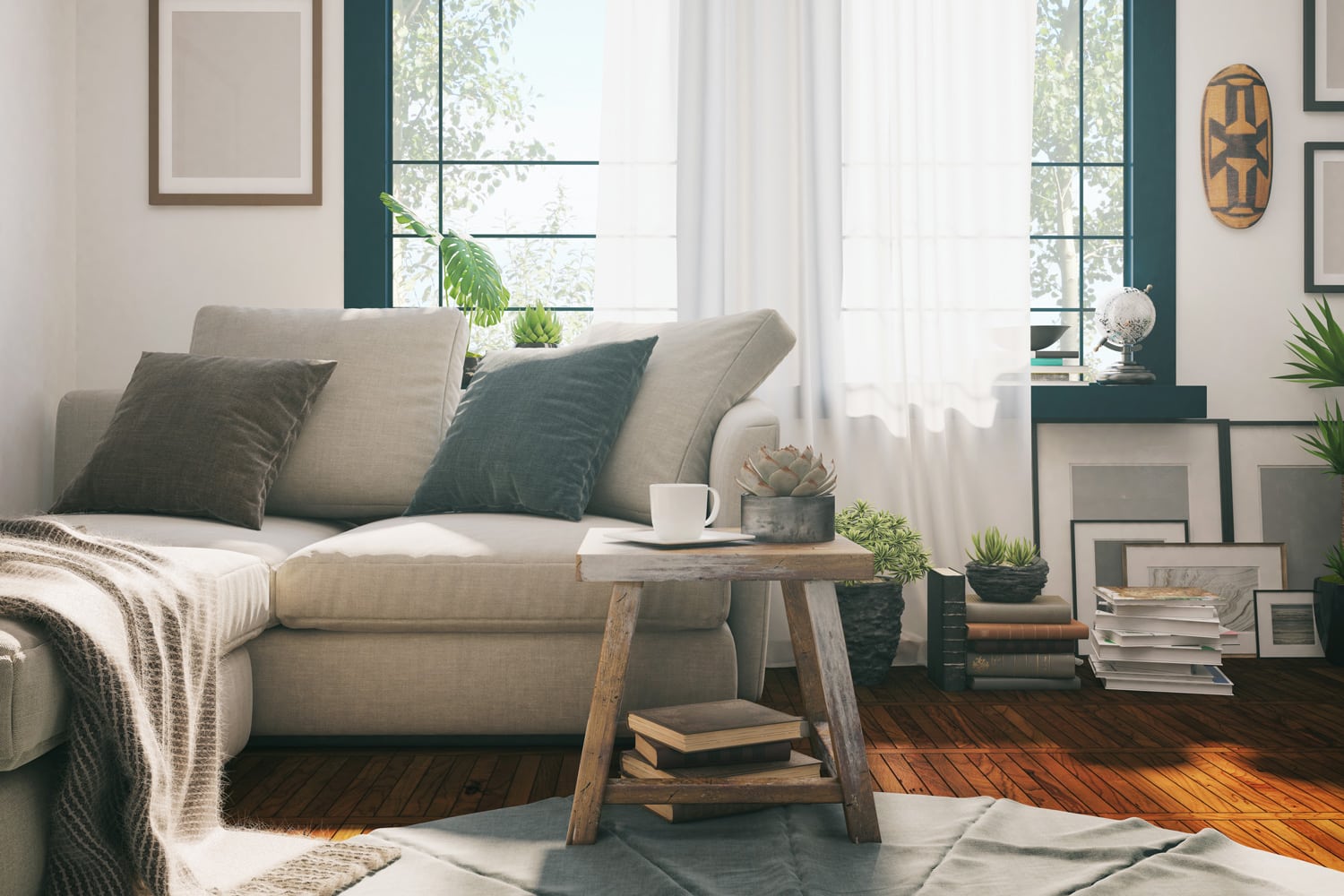
A dehumidifier makes the air dry, while a humidifier adds moisture to the air. It's important to know their differences to avoid misusing them. See below for a comparison of their characteristics.
- A dehumidifier is for the cold season while a humidifier is for the hot season.
- The humidifier releases cool steam to mix with the air circulation. On the other hand, the dehumidifier makes the air hotter.
- Prolonged use of a humidifier can trigger condensation. Alternatively, prolonged use of a dehumidifier can irritate the skin.
- A humidifier is healthier for pets with fur since pets cannot tolerate excessive heat.
- Since dehumidifier can heat up a bit, it can also dissolve tiny moisture particles.
You should assess the condition of your house to determine what you need between the two. You may ask a professional to help you choose.
How Does Condensation Affect the Room?
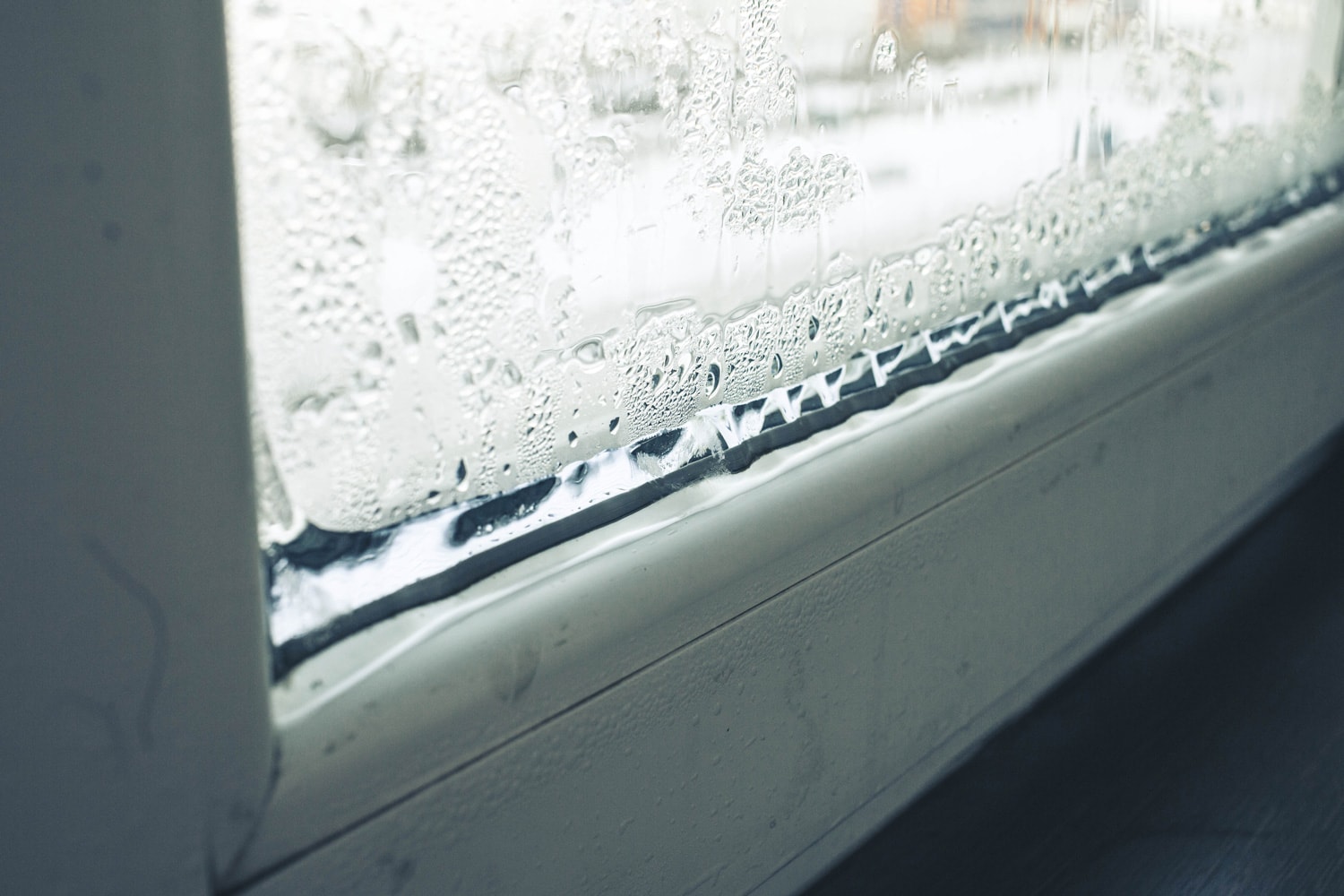
Improper ventilation will cause air condensation due to a lack of temperature control. When the temperature is too low, water droplets pass through the walls and ceiling.
Condensation leaves a mark on these water droplets due to the rustic materials that got wet. If you ignore the condensation, the moisture will destroy things like furniture and wires.
Also, condensation can increase the air pressure in the room and make the room unbreathable. The moisture can clog the vents, blocking the airflow from circulating. You may see that the dirt accumulates on vent filters.
What If Condensation Already Shows Damage?
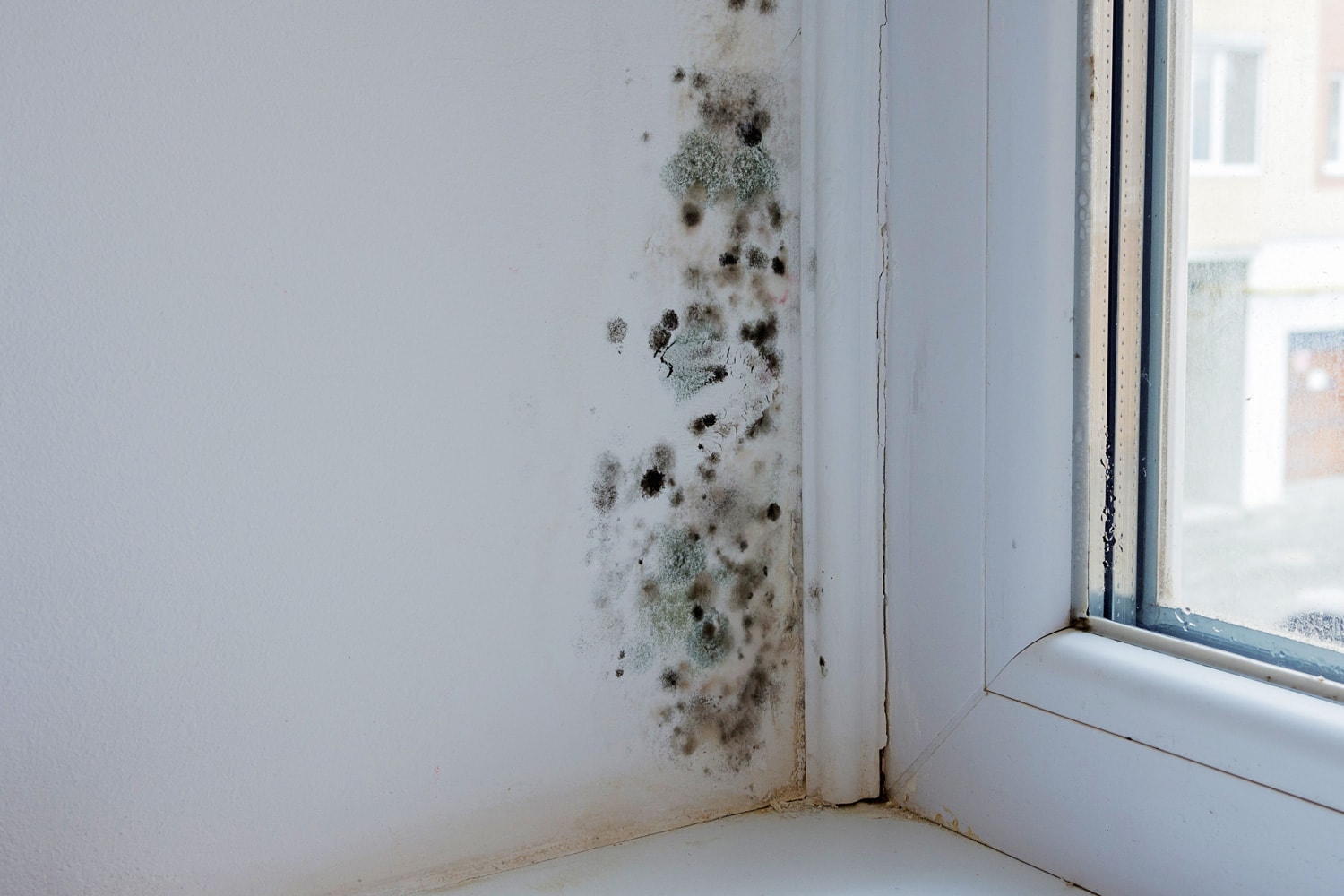
You may not realize that condensation is slowly making things around you weaker. Your leather sofa, wooden cabinets, or ceiling are commonly prone to damage from condensing air.
However, there are solutions to any damage it shows. See below for some problems from condensation and how to resolve them.
Mold Growth
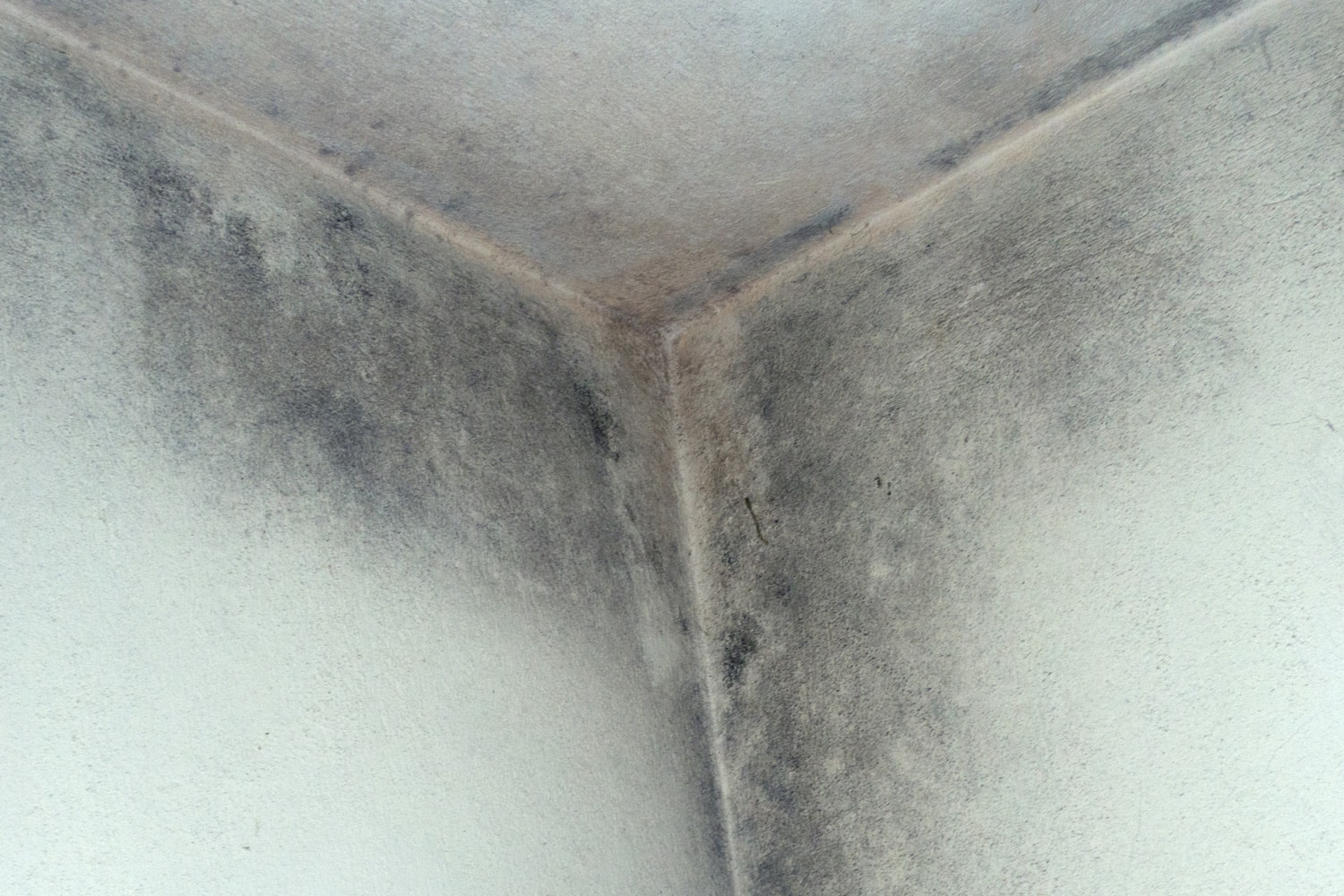
Mold can grow if there's a high moisture level, which can also affect the ventilation by blocking the air ducts and filters. Molds will multiply if left uncleaned, which will later cause breathing issues due to the bacteria these molds have.
However, cleaning can remove mold. Just prepare the following tools:
Hand Gloves
Use hand gloves to avoid direct contact with the mold and bleach.
Mask
You need to wear a mask for safer inhalation.
Bleach
Bleach helps kill the mold. Just be careful not to use too strong bleach, as this can burn your skin and cause wall or ceiling deformation.
Detergent Soap
Powdered soap is advisable, as it's easier to apply than liquid. You can also use laundry soap if you have any.
See this detergent soap on Amazon.
Scrubbing Pad
Use a scrubbing pad that has bristles to soften the mold.
See this scrubbing pad on Amazon.
Paint
You need to paint the surface at the end of the cleaning process to ensure that mold will not grow again. The type of paint will depend on the surface that has mold. However, acrylic paint is for walls and ceilings.
See this acrylic paint on Amazon.
Now, follow these steps for cleaning mold:
- Wear your mask and gloves.
- Pour lukewarm water to remove mold faster.
- Apply the detergent soap, then scrub thoroughly.
- Apply bleach, then scrub again. You may repeat the application of the soap and bleach until the mold is completely gone.
- Dry the surface, then paint the surface to prevent mold regrowth.
Blistering Paint

You'll notice that the wall paint is blistering due to absorbed water droplets. You might need to repaint your walls to fully eliminate the remaining moisture.
Wood Decay
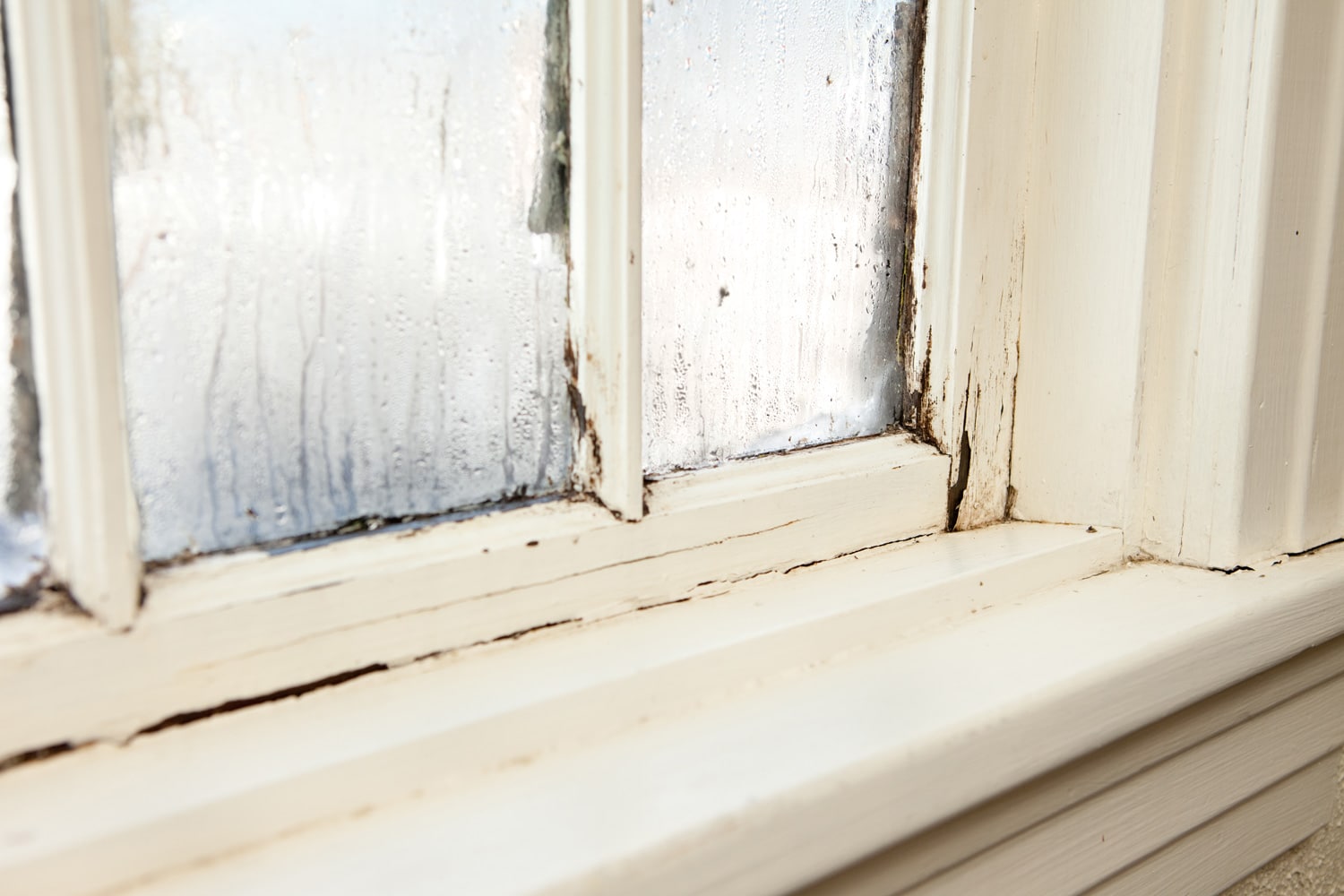
Another sign of condensation is the decay of wooden furniture. Water droplets that failed to evaporate will then be absorbed in wooden materials because they find natural compounds that were once living in these woods.
One good way to protect wood materials is to cover them with a varnish or oil-based paint.
Conclusion
We've discussed ways to stop air from condensing, such as cleaning the vents and repairing AC leaks.
We learned how condensation affects the room and what to do about it. We also learned the difference between a dehumidifier and a humidifier.
We've provided various things that trigger condensation, like a high moisture level. Always observe the room condensation issues arising, then act upon such issues as soon as possible.
We know you want to learn more. Try visiting our other articles:
What To Set Dehumidifier At In Basement? (Summer And Winter)














